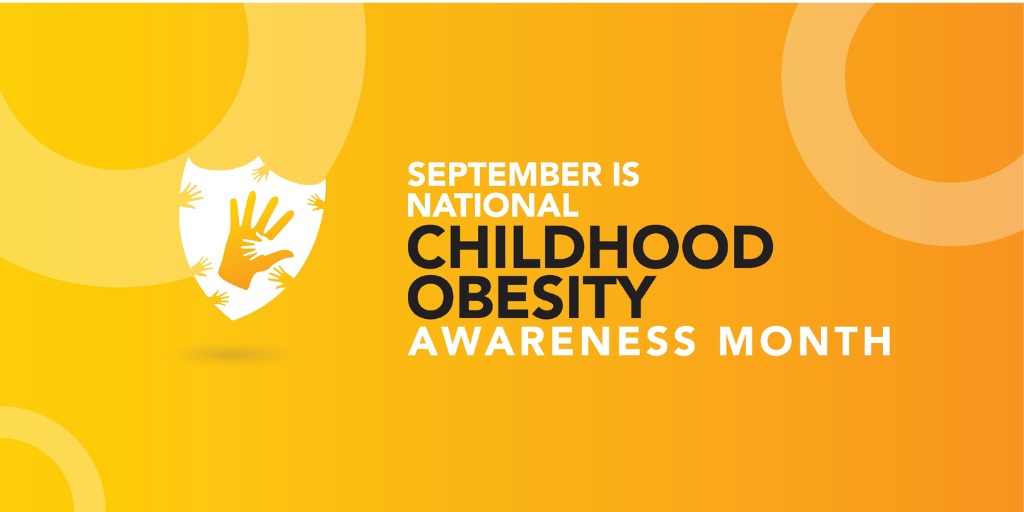| Barbara Wexler, MPH |
Children who are well above a healthy weight for their age, sex, and height are overweight or obese. When body mass index (BMI), which compares a child’s weight to their height, is at or above the 95th percentile for children and teens of the same age and sex, they are considered obese. In addition to measuring a child’s height and weight to calculate their BMI and comparing it to standardized growth charts, diagnosing obesity typically involves an assessment of family history, diet, physical activity levels, and any existing health conditions. Blood tests may be used to identify obesity-related health risks such as diabetes, high cholesterol, and liver problems.
Childhood obesity is a growing public health concern because it’s associated with immediate and long-term health problems. In the United States, it’s reached epidemic proportions. According to the Centers for Disease Control and Prevention (CDC), nearly 20% (or 1 in 5 children and adolescents aged 2–19 years) were obese in 2020. This translates to about 14.7 million children with obesity. The rates of obesity were higher in Hispanic and non-Hispanic Black children compared to their non-Hispanic White and Asian age peers.
Various factors contribute to childhood obesity, often in combination:
- Genetics and Epigenetics: Children with obese parents are more likely to become obese due to inherited genetic factors that influence metabolism and fat storage. Epigenetics is the study of how behaviors and environment can influence the way genes work. Children who experience adversity like racism, poverty, or violence may have genetic changes that affect their metabolism, increasing their risk for obesity.
- Diet: Diets consisting largely of calorie-dense, nutrient-poor foods such as fast foods, sugary snacks, and sugar-sweetened beverages contribute to weight gain.
- Physical Activity: A sedentary lifestyle, with long periods of inactivity and excessive screen time, reduces the number of calories burned, promoting weight gain.
- Social Determinants of Health: Environmental factors such as limited availability of healthy food options, ready availability of fast food, lack of safe spaces for physical activity, and socioeconomic status also may increase a child’s risk of becoming obese.
- Psychological Factors: Overeating may be used as a coping mechanism for emotional stress, depression, and other mental health issues.
- Family and Social Influences: Family eating patterns, peer pressure, and cultural norms about food and body image shape children’s eating behaviors and attitudes toward physical activity.
Preventing childhood obesity requires a multifaceted approach that includes:
- Healthy Eating: Encouraging a balanced diet rich in fruits, vegetables, whole grains, and lean proteins while limiting the consumption of sugary drinks and junk food is crucial.
- Physical Activity: Promoting regular physical activity through walking, riding bikes, organized sports, outdoor play, and active family outings helps children maintain a healthy weight.
- Education: Teaching children and families about nutrition and healthy lifestyle choices empowers them to make informed choices.
- Environment: Creating environments that support healthy living, such as safe parks, playgrounds, recreational facilities, and accessible healthy food options, can make a significant difference.
- Policies and Regulations: Policies that limit the marketing of unhealthy foods to children and improve the nutritional quality of school meals can also help to reduce obesity rates.
Children and adolescents with obesity are more likely to become adults with obesity and suffer the complications of being obese. Obesity increases the risk of developing serious health problems, including:
- Cardiovascular Disease: Hypertension, high cholesterol, and heart disease
- Type 2 Diabetes: Insulin resistance and elevated blood sugar levels
- Orthopedic Problems: Joint pain and musculoskeletal issues
- Respiratory Issues: Asthma and sleep apnea
- Nonalcoholic Fatty Liver Disease
- Polycystic Ovarian Syndrome (PCOS)
Beyond physical health, childhood obesity also has significant mental health implications. Children with obesity often face stigma, bullying, and discrimination, leading to low self-esteem, depression, and anxiety. Frequently viewed as lazy, or lacking willpower and self-discipline, children, teens, and adults with obesity are vulnerable to social stigma and discrimination at school, in the workplace, healthcare settings, and the community at large. These psychological effects can further complicate weight management and compromise well-being.
Effective treatment strategies for childhood obesity involve a combination of lifestyle changes, medical interventions, and sometimes psychological support:
- Lifestyle Modification: Gradual and sustainable changes in diet and physical activity are the cornerstones of obesity treatment. This includes family-based interventions to help create and maintain a supportive environment.
- Behavioral Therapy: Counseling and behavior modification techniques can help children develop healthier eating habits and increase their physical activity.
- Medical Interventions: In some cases, medications or weight-loss surgery may be considered for adolescents with clinically severe obesity who have not responded to other treatments and are at risk of serious life-limiting or life-threatening health complications.
- Support Systems: Engaging schools, community programs, and healthcare providers in a coordinated effort can provide the necessary support and resources for effective weight management.
Parents and caregivers can help children make lifestyle changes by modeling healthy behaviors. Limiting screen time, planning family activities that involve exercise, providing healthy food choices, and involving children in food shopping and meal preparation can help children learn and practice healthy habits.
Childhood obesity is a complex and multifaceted issue that requires a comprehensive approach to prevention, diagnosis, and treatment. Collaboration among families, communities, healthcare providers, and policymakers is essential to address this growing public health challenge and ensure a healthier future for the next generation.
For more information on this issue, please see the “Childhood obesity” portal in the Gale Health and Wellness (GHW) database.
Many of the related issues mentioned above—including “Body mass index (BMI),” “Diets,” “Exercise,” “Fast food,” “Obesity,” “Screen time,” “Teen health and nutrition,” and “Weight loss drugs”—are also portals in GHW.


